
IGD has predicted food to go will be worth more than £16bn in the UK in 2016, up nearly 7% from 2015.
Food to go offered huge growth opportunities for suppliers, IGD said, driven by changing shopper lifestyles, which were fuelling the 6.8% growth to £16.1bn this year.
However, IGD said the opportunities presented to suppliers could only be exploited if they understood the market, particularly why and when people bought food-to-go.
“Food to go represents a strong opportunity for suppliers, but it’s a different market to grocery retail, requiring a very distinct approach to succeed,” explained IGD chief executive Joanne Denney-Finch.
Suppliers had to broaden their understanding of the different types of food-to-go shoppers, what drove them, what excited them, and how suppliers could keep them coming back. Those suppliers who really develop their knowledge of this unique market will be best-placed to make the most of the growth opportunities available,”
IGD has defined five food-to-go categories to help suppliers get to grips with the intricacies: coffee specialists (worth £2.7bn); QSR, or quick service restaurants (worth £5bn); food-to-go specialists (worth £4.6bn); convenience, forecourt and other retailers (worth £2.5bn); and supermarkets and hypermarkets (worth £1.2bn).
Coffee specialists, such as coffee shops, continued to expand, IGD said, testing new lunchtime options, evening food and seasonal ranges, while QSRs such as premium burger chains had increased with many focusing more on health and nutrition with salad and fruit ranges.
Food-to-go specialists such as high street operators Greggs, Subway, Pret A Manger, Leon, Chipotle and Tortilla had grown scale and impact, moving outside London, introducing new health-driven brands and using technology to personalise the shopper experience with options such as ordering and paying online and cashless formats.
In its convenience, forecourt and other retailers category, IGD said many operators had launched specialist food-to-go counters and focused on the different times of day shoppers purchased food to go.
Likewise, supermarkets and hypermarkets had moved food to go beyond the traditional sandwich, snack and drink deal.
Finally, the IGD shopper research identified five key ‘missions’, or occasions, for the food-to-go shopper: lunch, breakfast, snacking, leisure and drinks.
Lunch was the most popular, with 70% of shoppers having bought a lunch food-to-go option in the past month; a further 28% bought a breakfast option; 45% purchased a snack; 32% of leisure food-to-go shoppers bought a drink, snack or sandwich, and supermarkets (30%) followed by convenience stores (23%) were the most popular places to purchase a drink on-the-go.
Denney-Finch said IGD’s research showed clear opportunities for UK food-to-go, driven by little and often shopping, the popularity of street food, the coffee culture, and lifestyle flexibility.
“Many suppliers are now starting to expand beyond grocery retail and food to go could present them with considerable opportunities,” she said.
“IGD is now looking to support these suppliers, as we develop our own coverage of this dynamic market, its key players and its shoppers.”






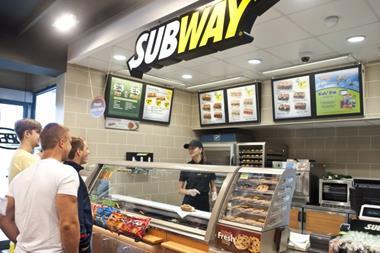
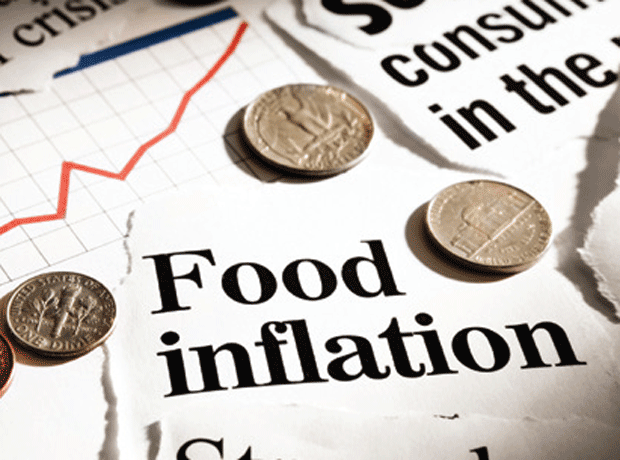
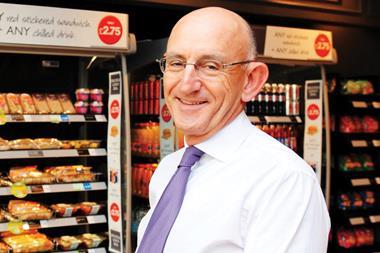
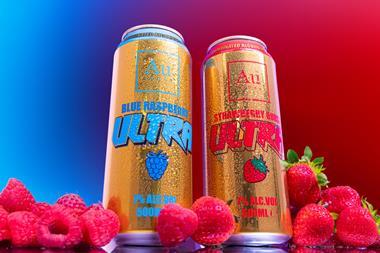




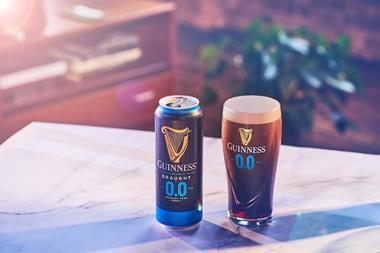
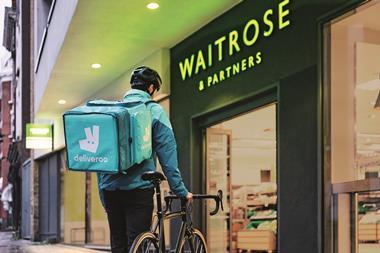

No comments yet